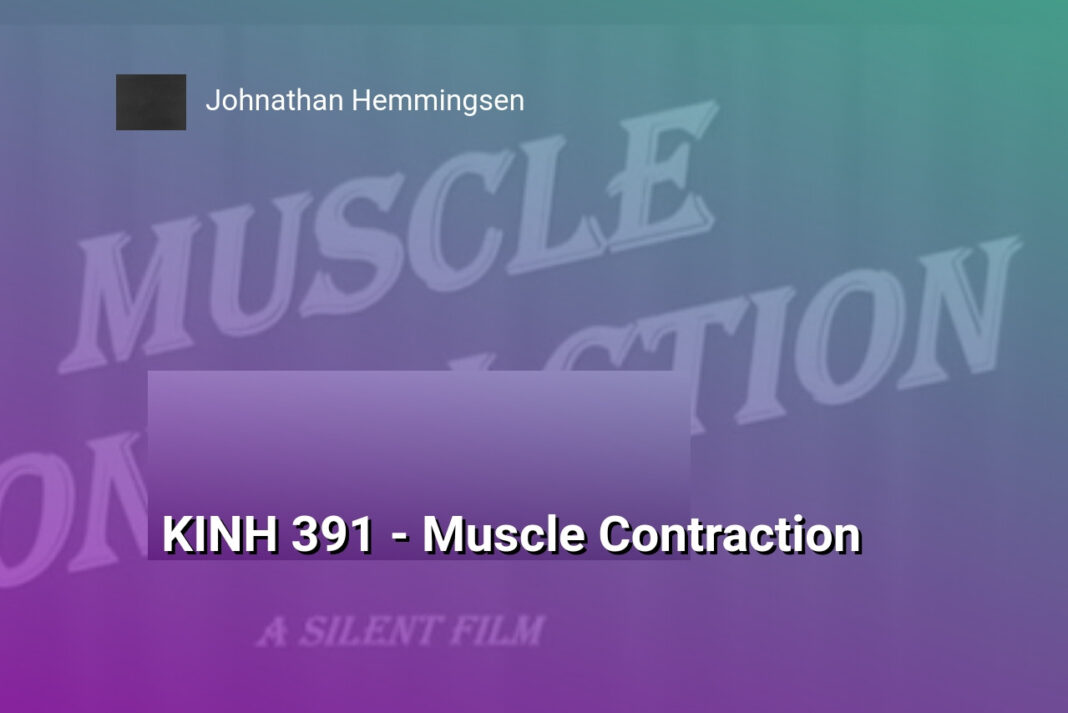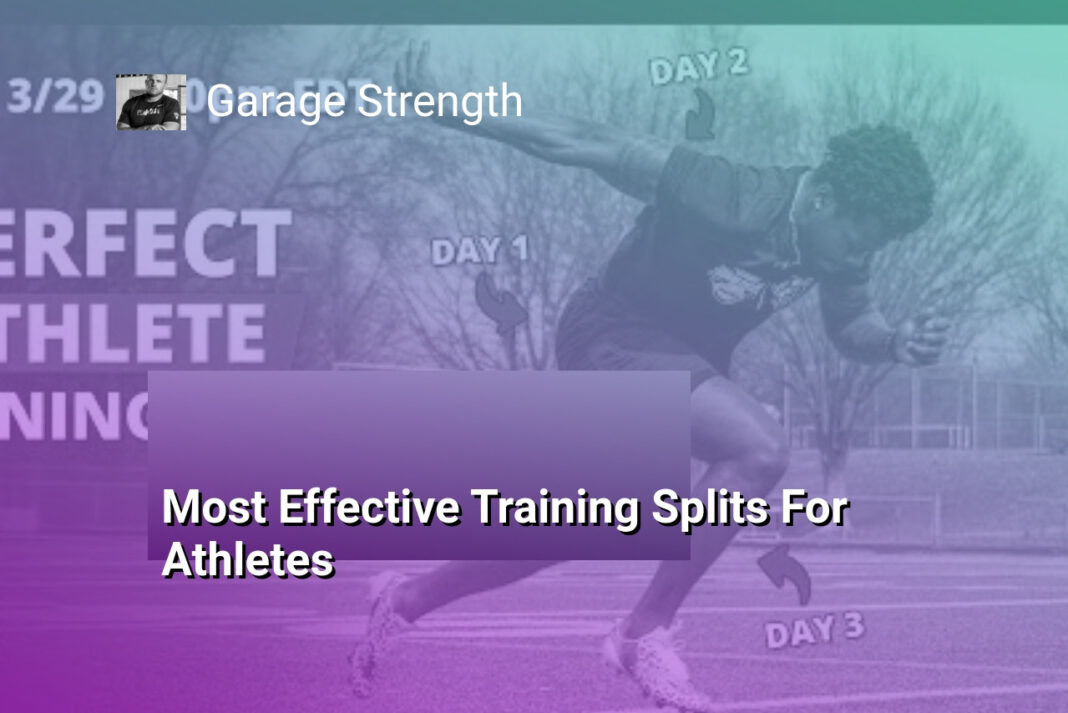The Bottom Line:
Here is a summary of the main points in the requested format:
- I’ve learned that short, intense workouts can be just as effective as long gym sessions, and that targeted exercises can’t magically melt away fat in specific areas.
- I now understand that exercise is beneficial for people of all sizes and fitness levels, and that it can even help boost the immune system and speed up recovery from common illnesses.
- I’ve discovered that a combination of cardio and strength training is ideal for weight loss, as building lean muscle increases metabolism and calorie burn at rest.
- I realize that consistency and dedication are more important than expensive equipment when it comes to getting fit, and that proper warm-ups and form are crucial for injury prevention.
- I’m now aware that exercise has numerous mental health benefits in addition to physical ones, and that it’s possible to build and maintain muscle mass at any age with the right training and nutrition.
Quality Over Quantity: Short, Intense Workouts Can Be Just as Effective
High-Intensity Interval Training: A Time-Efficient Workout Solution
High-Intensity Interval Training (HIIT) has gained popularity in recent years as a time-efficient and effective workout method. HIIT involves short bursts of intense exercise followed by periods of rest or low-intensity activity. Studies have shown that HIIT can improve cardiovascular health, increase fat loss, and boost metabolism in a fraction of the time compared to traditional steady-state cardio.
One study published in the Journal of Obesity found that participants who engaged in HIIT for just 20 minutes, three times per week, saw significant improvements in body composition and cardiovascular fitness compared to those who performed 40 minutes of steady-state cardio. This suggests that the quality and intensity of the workout are more important than the duration when it comes to achieving fitness goals.
Maximizing Results with Resistance Training
Resistance training, such as weightlifting or bodyweight exercises, is another effective way to maximize results in a short amount of time. Engaging in resistance training helps build lean muscle mass, which in turn boosts metabolism and increases the body’s ability to burn fat even at rest.
A study published in the Journal of Applied Physiology found that participants who performed resistance training for just 13 minutes, three times per week, experienced similar improvements in muscle strength and size compared to those who trained for 40 minutes per session. This highlights the importance of focusing on the quality and intensity of the exercises rather than the duration of the workout.
The Power of Consistency and Progressive Overload
While short, intense workouts can be highly effective, consistency is key to achieving long-term results. Regularly engaging in these types of workouts and gradually increasing the intensity or resistance over time (known as progressive overload) can lead to significant improvements in strength, endurance, and overall fitness.
It’s important to note that while short, intense workouts can be beneficial, they may not be suitable for everyone. Those new to exercise or with certain health conditions should consult with a healthcare professional before engaging in high-intensity activities. Additionally, incorporating a variety of exercise types, such as flexibility and balance training, can help create a well-rounded fitness routine and prevent boredom or burnout.
Spot Reduction Is a Myth: Your Body Decides Where to Lose Fat
Understanding Spot Reduction and Fat Loss
Spot reduction is a persistent myth in the fitness world, suggesting that targeting specific areas of the body with exercises can lead to localized fat loss. However, scientific evidence has consistently shown that spot reduction is not possible. When you engage in physical activity and create a calorie deficit, your body decides where it will draw energy from, and this process is largely determined by factors such as genetics, hormones, and overall body composition.
While performing exercises like crunches or leg lifts can help strengthen the muscles in those areas, they do not directly lead to fat loss in the targeted regions. The body breaks down fat stores from various areas, not just the ones being exercised. This means that even if you perform countless sit-ups, you cannot selectively reduce fat in your abdominal area alone.
The Role of Genetics and Hormones in Fat Distribution
The distribution of fat in the body is heavily influenced by genetics and hormones. Some individuals may be predisposed to storing fat in certain areas, such as the hips, thighs, or belly, due to their genetic makeup. Hormones also play a significant role in fat distribution, with estrogen being associated with fat storage in the hips and thighs, while testosterone is linked to abdominal fat accumulation.
These factors contribute to the body’s natural tendency to lose fat in a particular pattern, which varies from person to person. As a result, it is not possible to control where fat is lost through targeted exercises alone.
The Key to Overall Fat Loss
To achieve overall fat loss, the key is to create a calorie deficit by consuming fewer calories than your body burns. This can be achieved through a combination of a balanced diet and regular physical activity. Engaging in a variety of exercises, including cardiovascular training and strength training, can help boost your metabolism and promote fat loss throughout the body.
While targeted exercises can help strengthen and tone specific muscle groups, they should be incorporated into a well-rounded fitness program that focuses on overall fat loss and improved body composition. By maintaining a consistent exercise routine and a healthy diet, you can work towards reducing overall body fat, regardless of where your body naturally tends to store it.
Exercise Is for Everyone: Regardless of Size or Fitness Level
Starting Small Is Key
When it comes to exercise, it’s important to remember that everyone has to start somewhere. Whether you’re overweight, out of shape, or simply new to working out, the key is to begin with small, manageable goals and gradually work your way up. This could mean starting with a short walk around the block or a few minutes of gentle stretching each day. As your fitness level improves, you can gradually increase the duration and intensity of your workouts.
Finding Activities You Enjoy
One of the most important aspects of creating a sustainable exercise routine is finding activities that you genuinely enjoy. This could be anything from dancing to swimming to hiking in nature. When you look forward to your workouts, you’re much more likely to stick with them in the long run. Don’t be afraid to try new things and explore different types of exercise until you find something that resonates with you.
Celebrating Your Progress
Remember to celebrate your progress along the way, no matter how small it may seem. Every step you take towards improving your health and fitness is a victory worth acknowledging. Focus on how you feel rather than just the numbers on the scale or the size of your clothing. Are you sleeping better? Do you have more energy throughout the day? Are you feeling stronger and more confident in your body? These are all important markers of success that shouldn’t be overlooked.
At the end of the day, exercise is truly for everyone, regardless of size or fitness level. By starting small, finding activities you enjoy, and celebrating your progress, you can create a sustainable fitness routine that will benefit your physical and mental health for years to come. Remember, the most important thing is to be kind to yourself and listen to your body every step of the way.
Exercise and Illness: How Working Out Can Boost Your Immune System
The Surprising Link Between Exercise and Immunity
While it’s common knowledge that exercise is beneficial for overall health, many people are unaware of its powerful impact on the immune system. Regular physical activity has been shown to enhance the body’s natural defense mechanisms, making it more effective at fighting off infections and illnesses.
When you engage in moderate exercise, your body experiences a temporary increase in the production of immune cells, such as white blood cells and antibodies. These cells are responsible for identifying and neutralizing harmful pathogens, such as bacteria and viruses. By boosting their numbers and activity, exercise essentially strengthens your body’s first line of defense against illness.
Moderate Exercise: The Sweet Spot for Immune Function
It’s important to note that the relationship between exercise and immunity follows a “J-curve” pattern. This means that while moderate exercise enhances immune function, excessive or prolonged high-intensity exercise can actually have the opposite effect, temporarily suppressing the immune system.
Moderate exercise, such as brisk walking, cycling, or swimming for 30-60 minutes a day, has been shown to be the sweet spot for optimizing immune function. This level of physical activity stimulates the production of immune cells without overwhelming the body’s natural defenses.
Exercise as a Long-Term Immunity Booster
Beyond its immediate effects on immune cell production, regular exercise also promotes long-term changes in the body that support a robust immune system. For example, exercise helps reduce chronic inflammation, which is a known risk factor for various diseases and can impair immune function.
Additionally, exercise has been shown to improve the efficiency of the lymphatic system, a network of vessels and tissues that helps remove toxins and waste products from the body. By promoting the circulation of lymph fluid, exercise helps keep the body clean and healthy, reducing the burden on the immune system.
Incorporating regular moderate exercise into your lifestyle, along with a balanced diet and adequate sleep, can go a long way in strengthening your body’s natural defenses and keeping illness at bay.
The Importance of Strength Training for Weight Loss and Overall Fitness
Strength Training: A Crucial Component of Weight Loss
While many people associate weight loss with endless hours of cardio, science has shown that strength training is equally important for shedding those extra pounds. Building lean muscle mass through resistance exercises boosts your metabolism, allowing your body to burn more calories even when you’re at rest. This means that incorporating strength training into your fitness routine can help you achieve your weight loss goals more efficiently.
Moreover, strength training helps preserve muscle mass during weight loss. When you lose weight through diet and cardio alone, you risk losing both fat and muscle. By engaging in strength training, you signal your body to hold onto that hard-earned muscle, ensuring that the majority of your weight loss comes from fat.
The Benefits of Strength Training Extend Beyond Weight Loss
In addition to its weight loss benefits, strength training offers a plethora of other advantages for overall health and fitness. Regular resistance exercises improve bone density, reducing the risk of osteoporosis and fractures later in life. Strength training also enhances joint stability, balance, and coordination, which become increasingly important as we age.
Furthermore, building muscle through strength training can improve your body composition, giving you a more toned and defined appearance. This can boost self-confidence and body image, providing a psychological benefit alongside the physical ones.
Incorporating Strength Training into Your Fitness Routine
To reap the benefits of strength training, aim to incorporate resistance exercises into your fitness routine at least two to three times per week. This can include using free weights, resistance bands, or even your own body weight through exercises like push-ups, squats, and lunges.
Remember, you don’t need fancy equipment or a gym membership to get started with strength training. Begin with simple exercises and gradually increase the difficulty and resistance as you build strength and confidence. As with any new fitness routine, it’s essential to listen to your body, use proper form, and allow for adequate rest and recovery between workouts.





